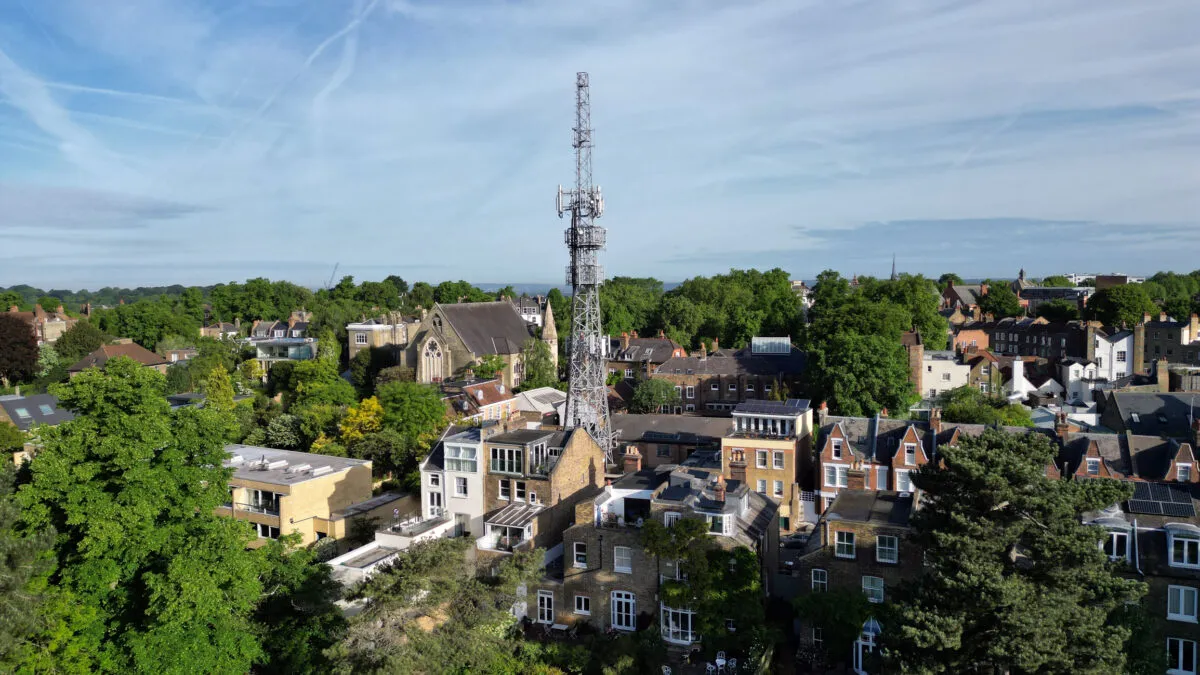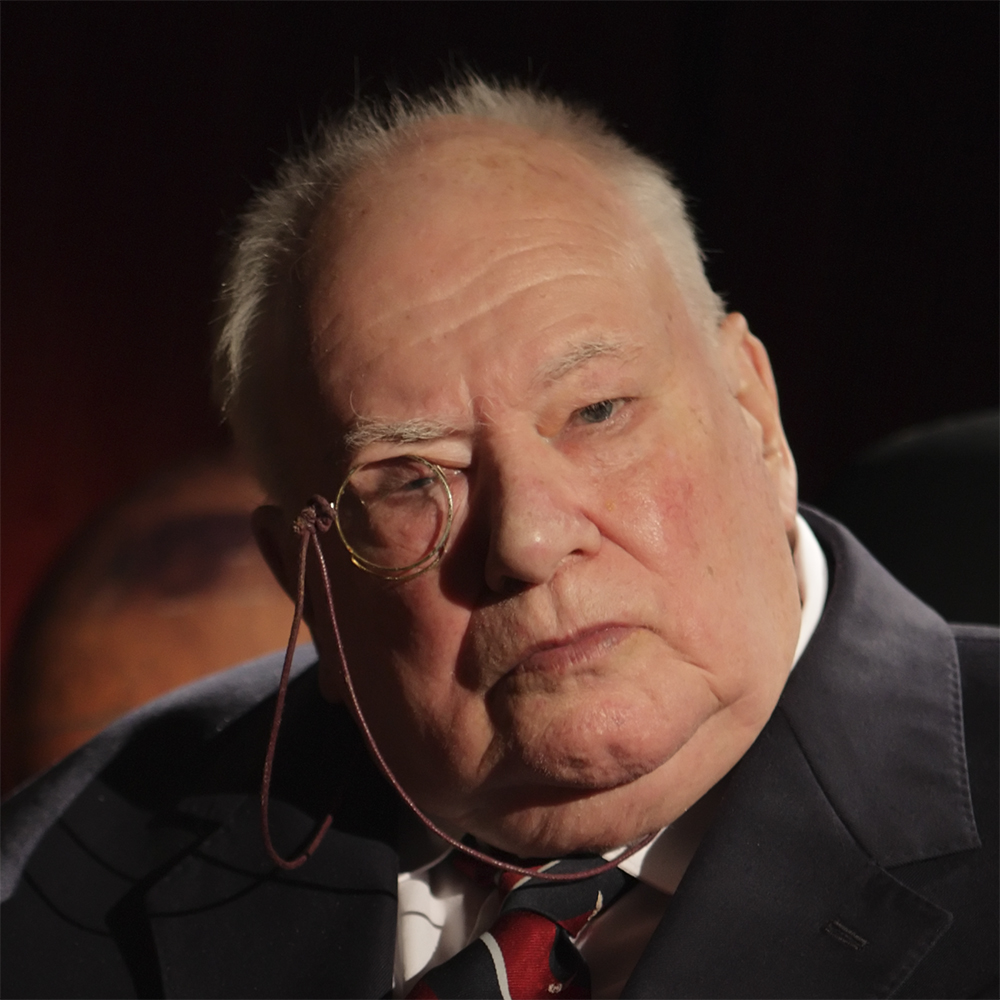What will the night sky look like at the end of the present century? We hear a great deal about light pollution, and it is only too evident that the night sky is not so dark as it used to be only a few years ago.
City-dwellers barely see the stars at all, and in Britain it is hard to find anywhere so isolated that the sky does appear genuinely black.
The problem is not confined to industrialised areas. At Mount Wilson in California, the great 100-inch Hooker reflector, one of the most famous telescopes in the world - used by Edwin Hubble to prove that the ‘spiral nebulae’ really are external galaxies - was mothballed for a while because the sky had become too bright.

But artificial lights are not the only hazards. Commercial radio transmissions are interfering with radio astronomy, and the problem is increasing all the time.
Now, attention is being drawn to aircraft condensation trails (contrails), which can dissipate and become indistinguishable from other clouds.
Finally, of course, we have global warming, which is undoubtedly taking place.
What can we do about these various problems – and how serious are they astronomically?
Let us consider them one by one. First, light pollution. Whole books have been written about this, and there is a well-organised and energetic society devoted entirely to combating it.
There is a great deal of public support, but also a certain amount of opposition, because some people are fondly under the impression that astronomers want to douse all the lights and plunge us into Stygian blackness.
This is far from true. Astronomers are merely asking the appropriate authorities to make sure that lights shine down, not up.
The campaign is having a certain amount of success, but there is a long way to go yet, and we certainly cannot be confident that the skies of 2100 will be as inky as those of 1900, which I do not remember, or even 1930, which I do.

Radio pollution
When it comes to radio pollution, the problems are quite different, and relatively recent.
Radio astronomy did not begin until Jansky’s pioneering work in 1930, but the term ‘wireless’ dates back well before that, and there was one occasion when transmissions were briefly halted so that dedicated listeners would have a better chance of picking up messages from Mars.
I well remember a conversation I had about 40 years ago with one of the world’s leading radio astronomers.
He said that unless something was done to limit the interference, Earth-based astronomy would be a science "limited to the second half of the 20th century."
Well, we’re now well into the 21st century and radio astronomy continues to flourish; certain vital frequencies are still protected.
The essential thing here is to ensure that commercial radio is kept clear of these sacred regions.
Of course, the ideal site for a radio astronomy observatory is the far side of the Moon, which is totally shielded and therefore radio quiet.
If we do go back to the Moon and establish bases there in the near future, it should not be too long before a radio dish is set up.
Optical astronomers will benefit equally: they will be away from all the lights of Earth.
Contrails

Next on our list are contrails. A vivid warning has just been given here by Dr Gerry Gilmore of Cambridge University, who is in no doubt that the threat to astronomy is very serious indeed.
If trends in cheap air travel continue, he says, the era of ground astronomy may come to an end much earlier than most had predicted.
"You either give up your cheap flights to Mallorca, or you give up astronomy. You can’t do both... you get those contrails from the jets.
"The rate at which they’re expanding in terms of their fractional cover of the stratosphere is so large that if the predictions are right, in 40 years it won’t be worth having telescopes on Earth any more – it’s that soon."
And he goes on, "There are places on Earth where you get relatively few clouds – but there is nowhere on Earth that you don’t get clouds and aeroplanes."
Moreover, sites where observatories are located, such as Hawaii and the Canary Islands, are also popular holiday centres.
True, there are local laws to protect some observatories as much as possible, but it is not likely that aircraft flights will be limited for the sake of astronomy.
Global warming

That brings me on to my last point – global warming. It is happening, just as it did at the end of the Maunder Minimum, the start of the Medieval Maximum, and so on.
If the Gaia enthusiasts are right, by 2100 AD we will all be too busy saving our lives to pay much attention to the sky.
But assuming that we are still here, and that the Earth remains a suitable place for us, we may have to accept the fact that the night sky is unpleasantly bright, and that there is a general deterioration in the seeing conditions.
We could control artificial lights, we could ensure that the radio pollution was cut, we could reduce the number of contrails by reducing the number of flights.
Whether we would actually do any of these things is highly debatable, and in any case we cannot control the Sun.
Global warming is a fact, and though in the opinion of many people it is likely to be followed by a compensatory period of global cooling, it is not something to be discussed here.
So in the long run, there is only one answer – go into space.
The Hubble Space Telescope has shown the way. If all goes well, we will have observatories on the Moon.
From Earth, we must continue to do as well as we can. But are these dire predictions correct? In this respect I am an optimist: I believe that ground-based astronomy will still be alive in 2100.
This article originally appeared in the June 2006 issue of BBC Sky at Night Magazine.
